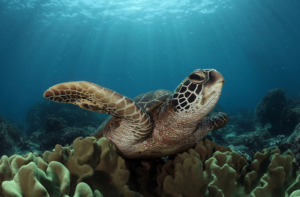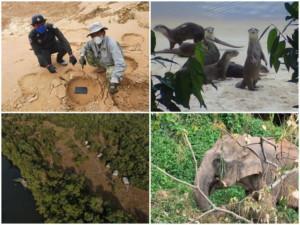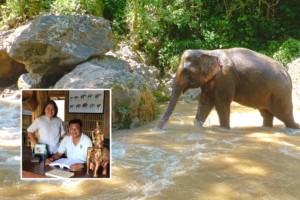Sri Lanka & Thailand slapped on biodiversity day
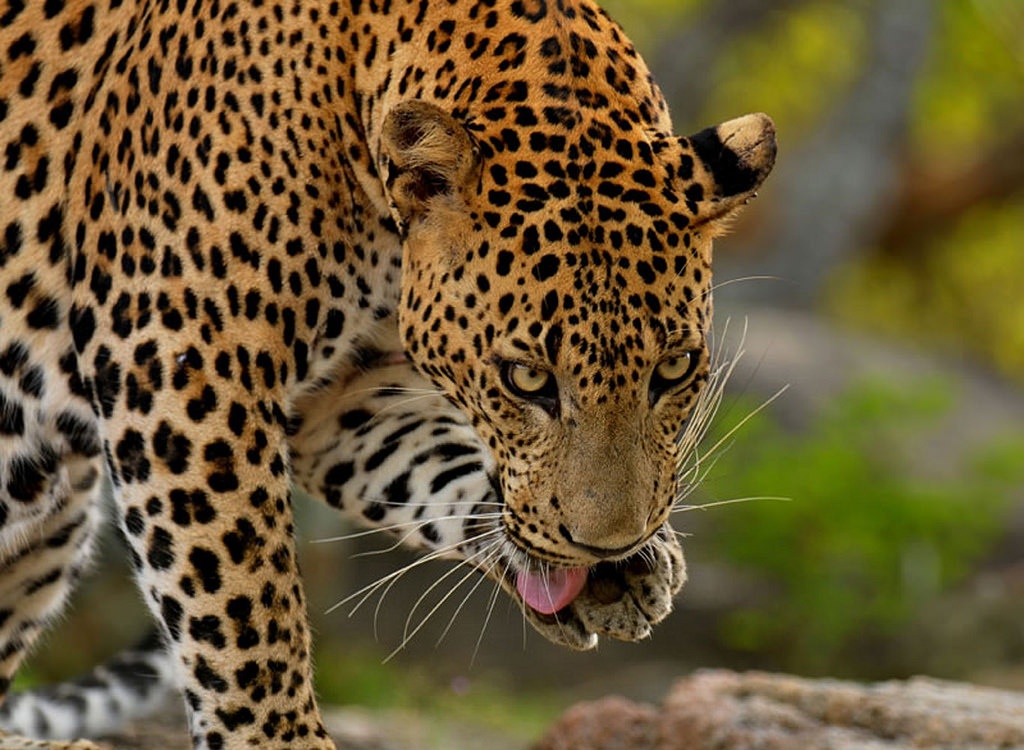
Dr Sumith Pilapitiya was tackling over-visitation and its consequences on biodiversity at an event to mark the International Day for Biological Diversity in Colombo, May 22. According to Kumudini Hettiarachchi, reporting for Sri Lanka’s Sunday Times, “everyone else was there, except the tourism officials”.
Explaining that no formal studies have been done on whether over-visitation has had adverse impacts, Dr Pilapitiya pointed out that road kills had increased within the Yala NP, that there is harassment of wildlife, and visitors are feeding wild animals and causing behavioural changes in them. Furthermore he cited anecdotal evidence of a decline in animal populations.
Dr Pilapitiya was critical of the government’s over-emphasis on tourism revenue.
The former DG who resigned due to alleged political interference pointed to “continued political interference” at the DWC. He said the DWC’s interpretation services were poor; that it faced a dearth of staff, guides, facilities, and patrol vehicles; it was unable to get government approval for more recruitment; and lacked the authority to enforce NP rules and penalise violators.
Dr Pilapitiya was adamant that DWC officials should be empowered to enforce regulations without fear of a political backlash. “For this, the responsibility clearly lies with the highest-level political authorities and the Wildlife Minister,” he said.
According the Yala website, the NP lies in Sri Lanka’s southeast. It was designated a wildlife sanctuary in 1900 and a national park in 1938 and is home to 44 varieties of mammal and 215 bird species. Under British rule it was a hunting ground yet it claims to hold the world’s biggest concentration of leopards.
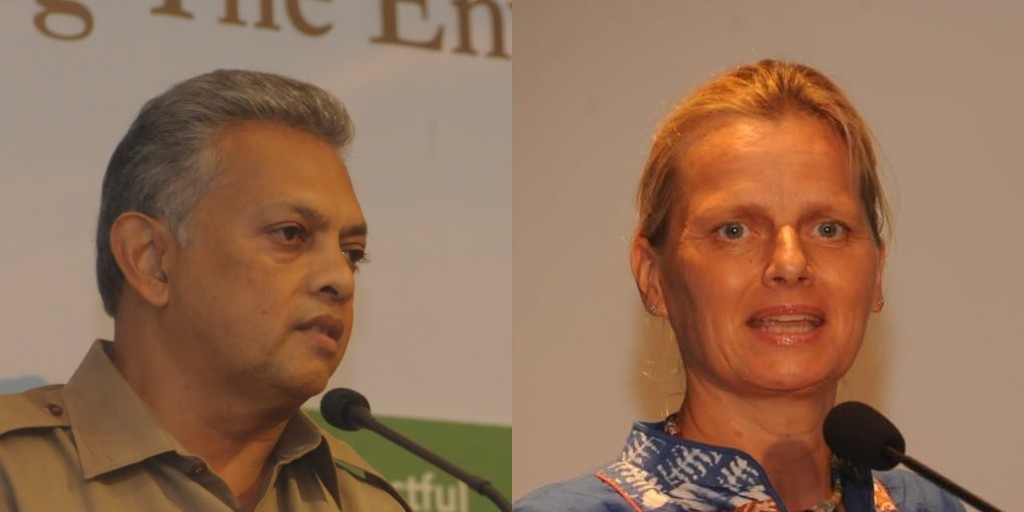
Dr Sumith Pilapitiya, former DG of Sri Lanka’s Department of Wildlife Conservation & Maeve Nightingale of International Union for Conservation of Nature
At the same biodiversity day event, Maeve Nightingale of the International Union for Conservation of Nature (IUCN) discussed the marine and coastal tourism potential for Sri Lanka and identified key factors to sustainably managing coastal tourism:
- Capacity development
- Consideration of a complex range of sub-national, national and transnational relationships
- Regulatory frameworks
- Community involvement, trust, acceptance and support
- Payment for Ecosystem Services (PES) – compensating for loss of earnings, protecting and restoring habitats and conserving endangered species
- Sustainable financing – entrance fees, fund-raising and private sector partnerships
- Coordination among multi-sectoral and multi-faceted agencies
- Collaboration of all stakeholders
Nightingale also cited the example of the island of Koh Tao in the Gulf of Thailand as a case study in what not to do. She listed Koh Tao’s problems: Shortage of freshwater and groundwater; inadequate solid waste collection and disposal; untreated waste-water disposal from communities and tourist facilities; rapid unplanned development; construction and encroachment on beach and terrestrial forest (while there is building legislation and environmental impact assessment requirements, there is no consistent enforcement); tourist numbers exceeding the island’s carrying capacity; the uneven distribution of benefits from tourism; and the high cost of living for Koh Tao locals.
The list went on: High energy demands and dependency on diesel-fuelled generators; localised oil-spills from fishing and tourism boats; reef degradation; decline in fisheries resources; and a 1995 development plan that was not well-adopted.
Source: Sri Lanka’s Sunday Times. Featured image: Yala leopard by Amila Tennakoon.
Related posts


